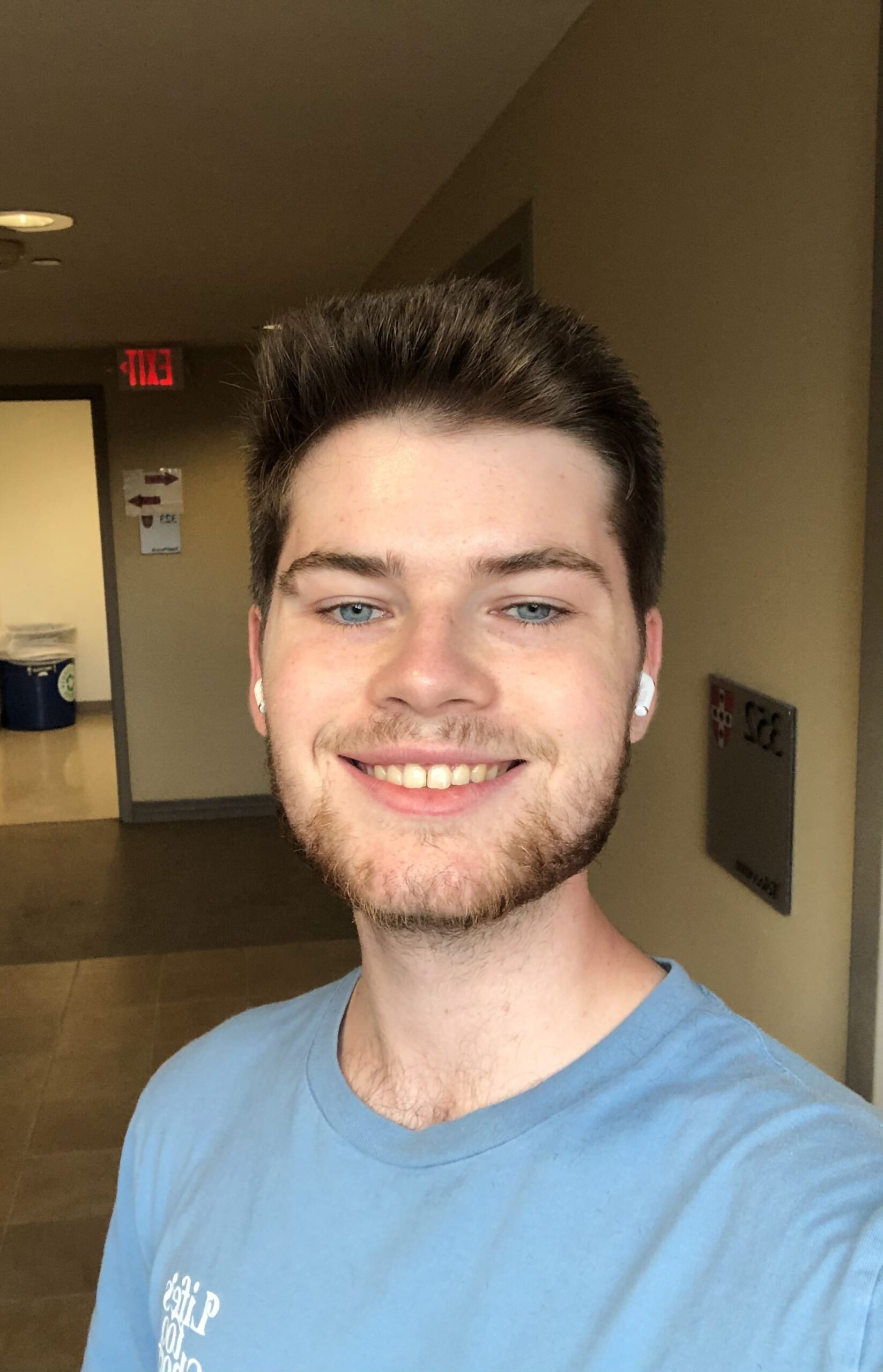Faculty Sponsor: Greg Voth
Abstract: In a fluid mechanics lab, it is often the case that a particle’s movement through fluid must be studied in minute detail. Our lab records videos of 3D-printed particles moving in a high-volume tank of water with four high-speed cameras, and we aim to examine their motion by determining the position and rotation of these particles from the videos. Our method for reconstructing particle orientation from video footage involves rendering images of a 3D model of the particle from the perspectives of the four cameras, and using a search algorithm to rotate and translate the model until it matches the video footage. Our current implementation of this method uses MATLAB for searching and image rendering; however, image rendering in MATLAB is slow and lacks detail, and does not take the lens distortion of the real-world cameras into account. We propose a method to use an open-source 3D video game engine (Unreal Engine 5) to implement the image rendering and search algorithm, which has the resources to render much more realistic images of 3D models and can also take into account lens distortion. Further research is needed to improve the speed and real-world accuracy of this method, and to determine whether or not it is suitable for long-term use in analyzing lab data.


